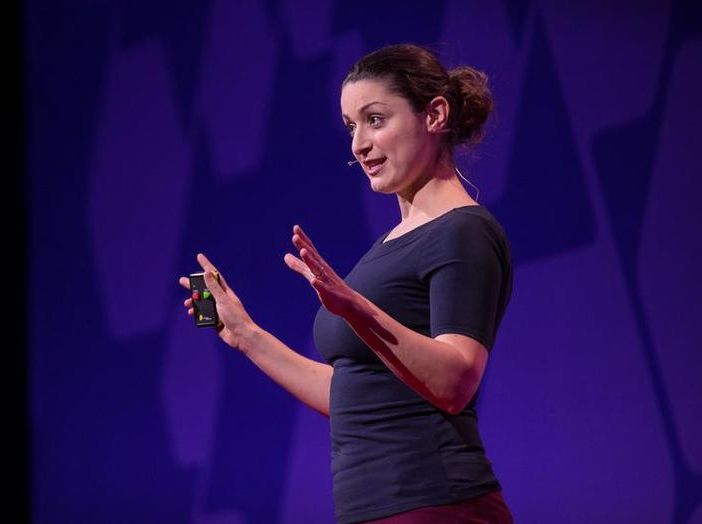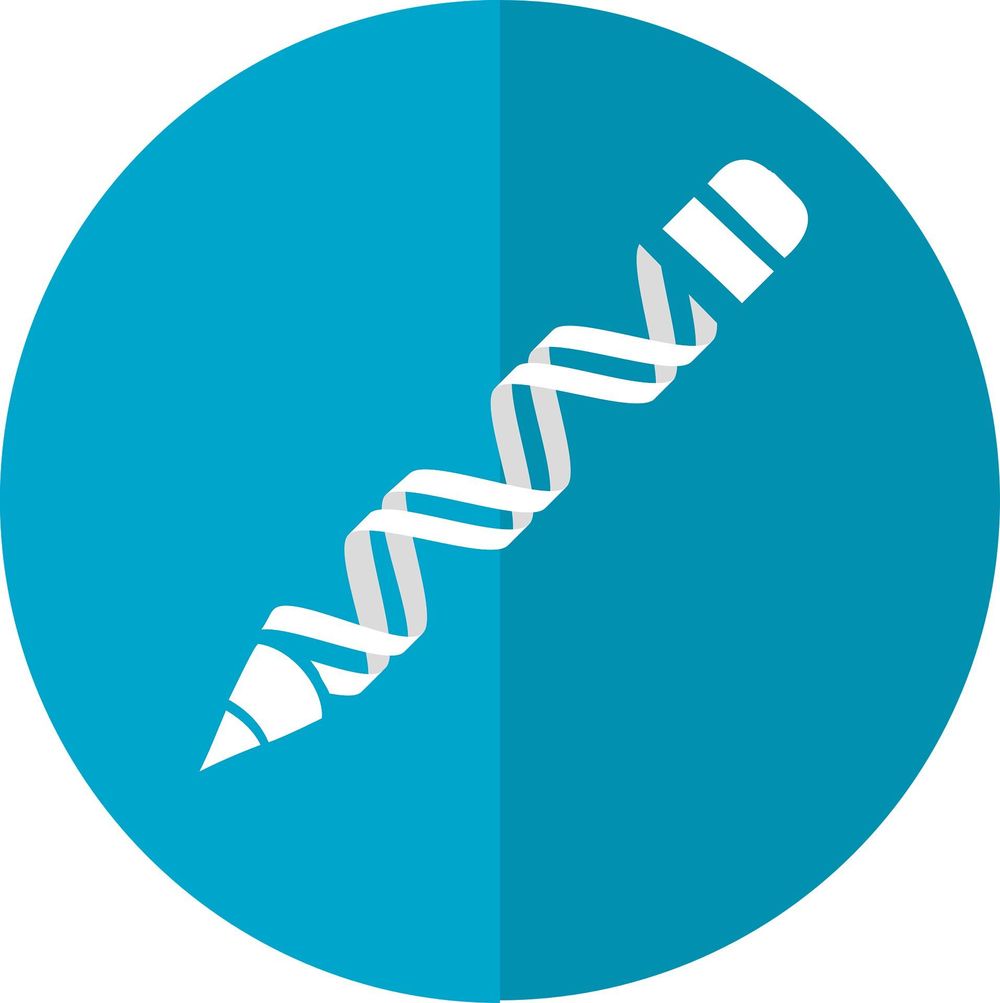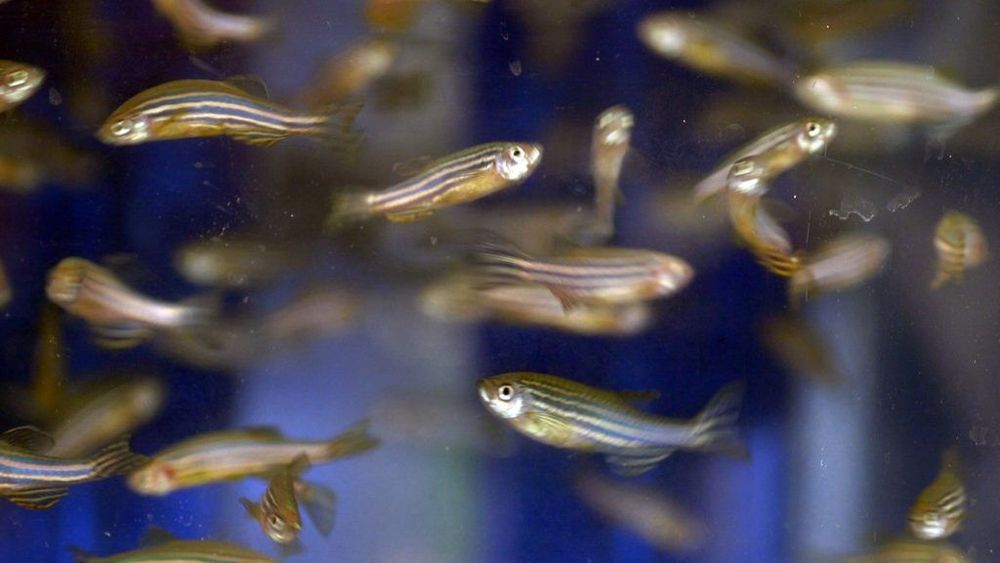Irina Kareva translates biology into mathematics and vice versa. She writes mathematical models that describe the dynamics of cancer, with the goal of developing new drugs that target tumors. “The power and beauty of mathematical modeling lies in the fact that it makes you formalize, in a very rigorous way, what we think we know,” Kareva says. “It can help guide us to where we should keep looking, and where there may be a dead end.” It all comes down to asking the right question and translating it to the right equation, and back.






